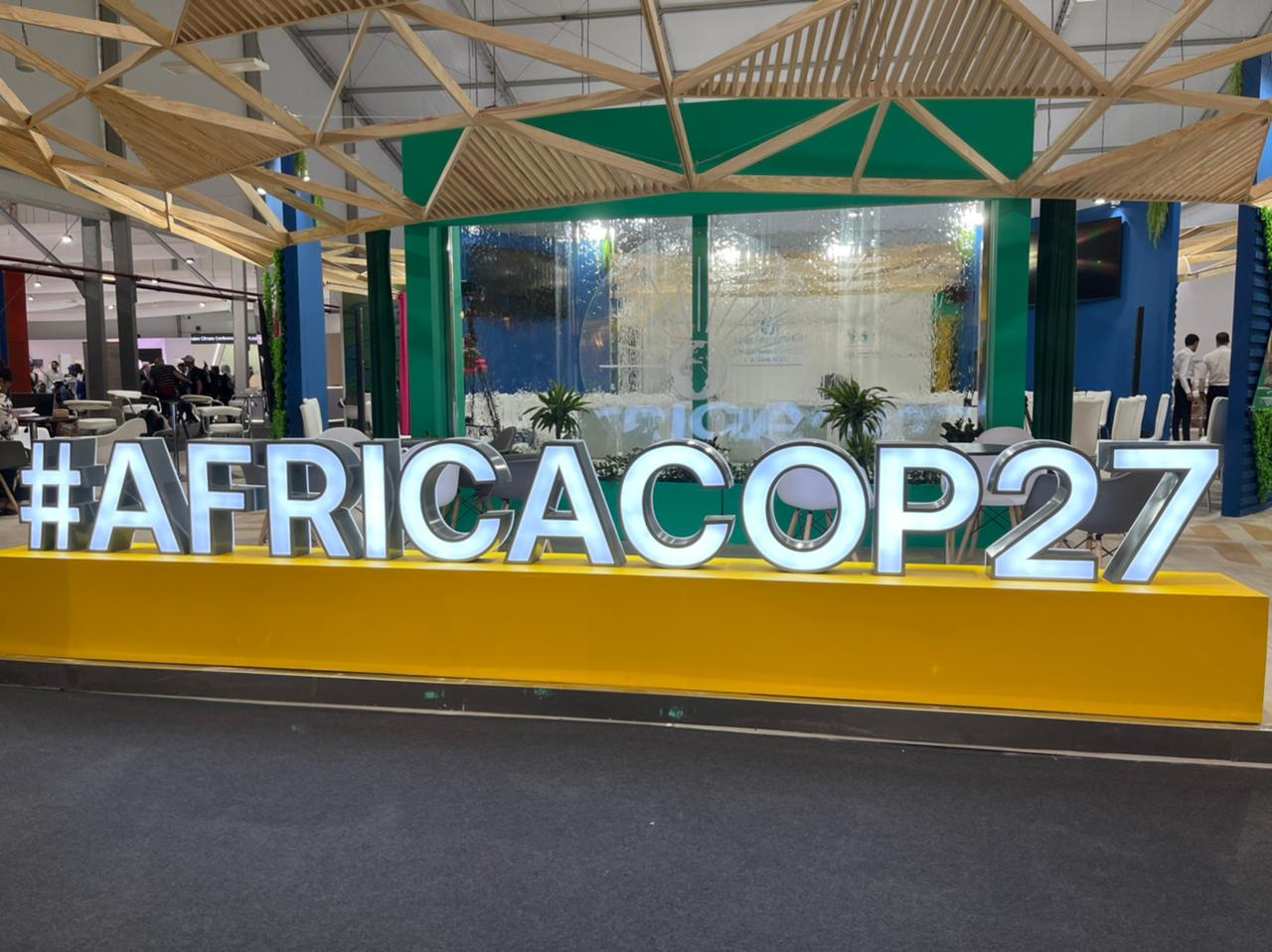As negotiations in Sharm El-Sheikh look set to go into overtime, the issue of funding for loss and damage looms large. The controversial issue has long divided nations between those who fear the irreversible impacts of climate change on their economies and people, and those who fear massive lawsuits.
Loss and damage financing was added to the official agenda for the first time at COP27, and it has rapidly become the defining issue of the talks, cited by many as the yardstick against which success or failure will be measured. Vulnerable countries have demanded the creation of a finance facility to deliver real money immediately.
At COP27, disagreements have shifted from the very concept of such a facility, to which countries should contribute. The US and EU have typically opposed financing loss and damage. Now they want China – as the world’s second largest economy, largest current emitter, and as a country on track to overtake the US in historic cumulative emissions by the end of the decade – to pay its fair share. They argue that the donor base should be defined by a country’s current economic position, not that of 30 years ago when international climate talks first began under the UNFCCC.
Ideas, ideas, ideas…
Three proposals to end the logjam are on the table. The first is from a pairing of ministers from Germany and Chile, Jennifer Morgan and Maisa Rojas. There are three options within their proposal:
- A fund for developing countries that are particularly vulnerable, to be complemented with financial support from other sources, processes and initiatives outside the UNFCCC. This is supported by the G77 plus China, the Arab Group, ABU (Argentina Brazil Uruguay), AILAC (Independent Association of Latin America and the Caribbean), and AGN (African Group of negotiators).
- A fund to be created next year at COP28 in Dubai, which would also include finance from sources outside the UNFCCC.
- New and enhanced funding “arrangements” to be established at COP28, but omitting a specific fund. The US and Japan back this option.
The second proposal comes from the EU, and aims to align the need for emissions cuts with addressing loss and damage. It would establish a fund immediately, with details to be thrashed out over the next year.
The proposal also includes a commitment to consider debt and reform of multilateral development banks, an idea proposed by Barbados prime minister Mia Mottley. Financial flows would be aligned to achieving a temperature rise limit of 1.5C, peaking global emissions before 2025 and phasing down all fossil fuels.
Funding would come from a “broad funder base”, and include public, private and innovative sources of finance. The EU wants to target the fund at small island states, but this could face a fight from Pakistan and other least developed countries that have borne the brunt of extreme weather bought about by climate change. It is unclear which other countries or negotiating blocks support this proposal at this stage.
A third proposal has been put forward by the G77 plus China. This favours a fund established as an operating entity within the UNFCCC. It would pay for both non-economic and economic losses and damages associated with climate change, including slow onset events such as sea level rise and extreme weather. This proposal so far does not have any supporters outside the G77 plus China.
COP27 legacy
As negotiators gear up for a late night, much is still to play for. Momentum is around option one of the Germany-Chile proposal. Though the EU has its own proposal, it has also suggested willingness to back option one. However, the US is opposed, a notable holdout.
Whatever is decided, the progress of loss and damage finance at COP27 amounts to a historic breakthrough, from being added to the agenda for the first time, to having a fund and flow of finance within reach.
Adoption of a fund could even precipitate the reform of the international financial system through multilateral development banks. For now, the outcome will seal the legacy of COP27, and whether its promise of an adaptation and implementation COP is realised.





